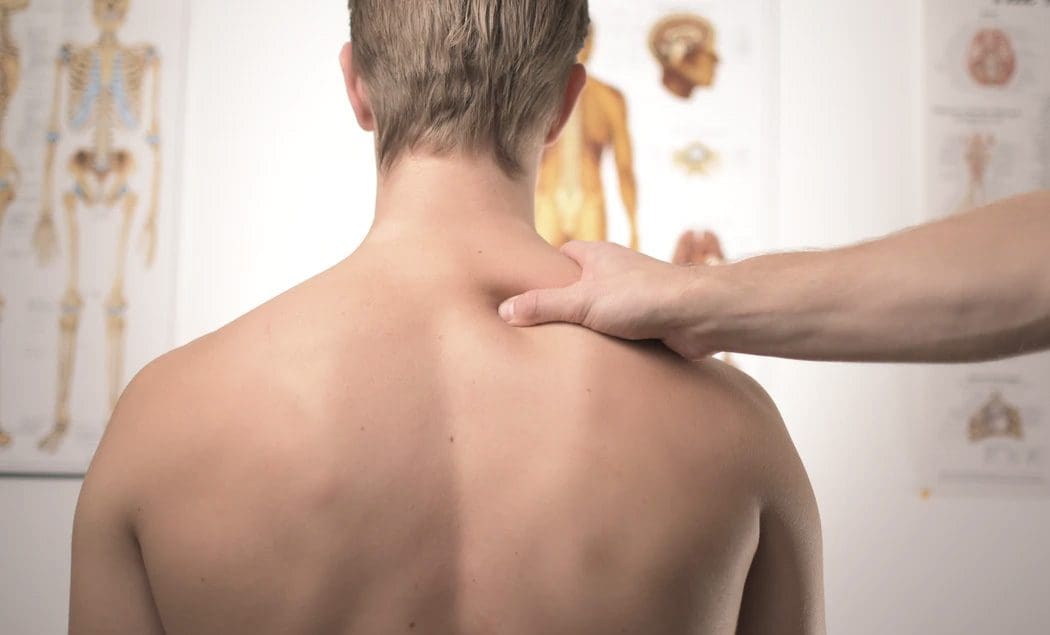Why Does My Back Hurt?
While there are a number of common causes of low back pain, the most common is disc-related. The disc is composed of three things, the top and bottom of the adjacent vertebrae, a very thick ligament that surrounds the disc called the annulus pulposus, sometimes just called the annulus, and a thick jelly called the nucleus pulposus, sometimes just called the nucleus. The pain is often related to the mechanics between these three parts.
The nucleus can be compared in a sense to a ball bearing between two plates. If the ball bearing is centered between the plates, there is free and easy movement in all directions: the plates can rotate or rock in any direction. If the ball bearing is shifted to one side, it locks down movement toward that direction, and shifts the axis of rotation between the plates. This is essentially the mechanism of injury with disc problems.
When we repeatedly bend the spine in a particular direction, we force the nucleus to move in that direction, much like the ball bearing being shifted to one side. In the disc, this creates a great deal of tension on the annulus, which is a very pain-sensitive structure. If it continues, this tension can damage the annulus. The annulus itself is made up of ninety layers
of cross-hatched fibers alternating at 30 degree angles. These alternating angles give it strength to resist tension from any direction, much like the structure of a Chinese finger trap.
You may be wondering at this point how and why it is that we would repeatedly bend the spine if it has these effects. The answer is in sitting. Sitting for a few moments is obviously just fine, as we find it restful and not painful. However, sitting bends the spine backward and increases the pressure on the nucleus. Over time, this can force the nucleus to damage the annulus, which can tear in a couple different ways, and/or have the layers begin to split apart.
Additionally, even if we stand or move about throughout our days, we usually drive places, and driving is a seated position. Many people even have to commute to work for an hour each way, which results in sitting for 2 hours a day, in addition to the sitting they may do at work.
There are many causes of back pain. As part of our intake process, we will analyze your daily activities to understand fully the root causes of the issue, and work with you to mitigate them and fix the underlying issues as well as the misalignment.

